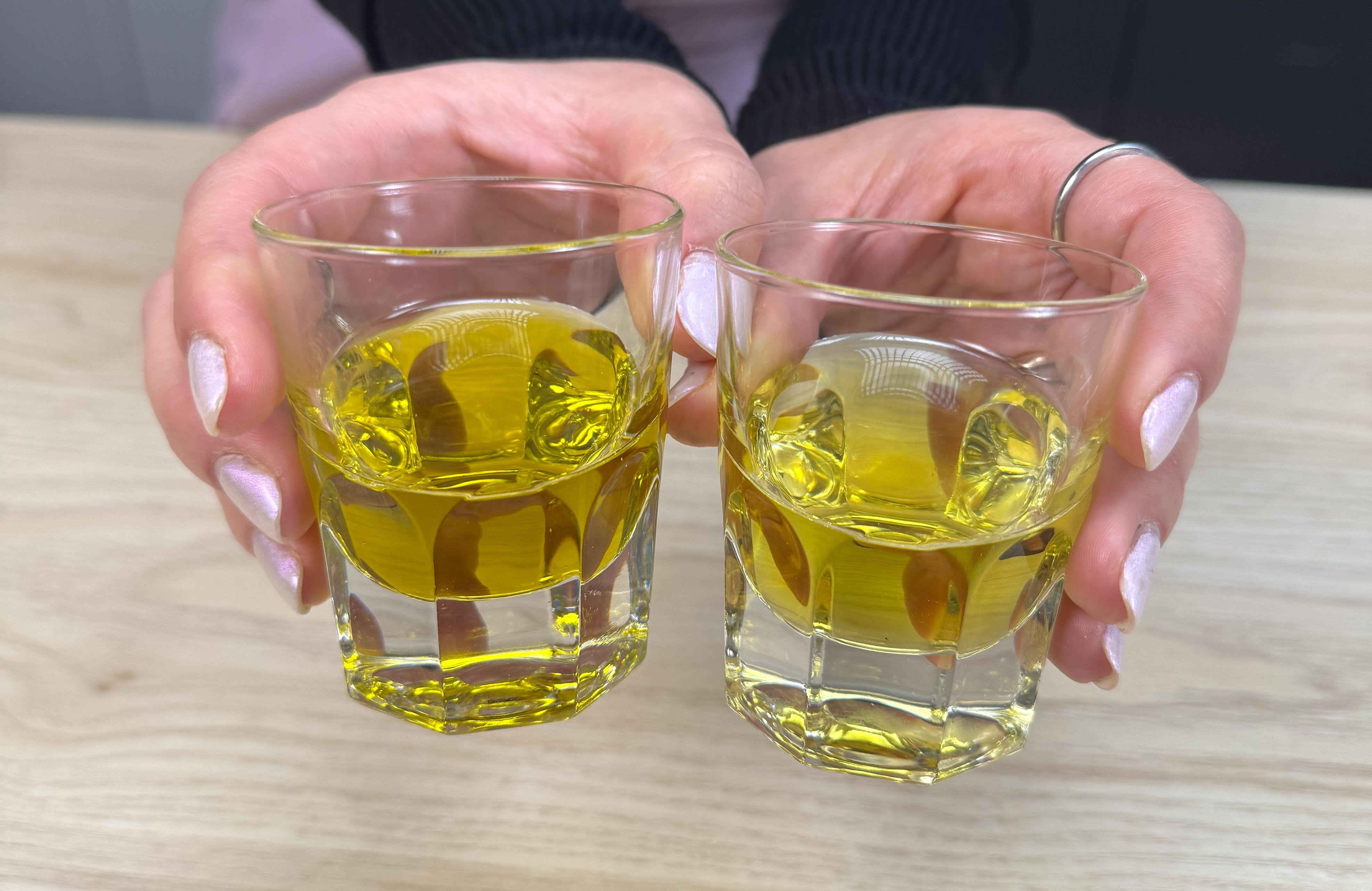3 Foolproof Methods to Identify A Good Quality Olive Oil At Home
Testing olive oil for purity and quality is essential to ensure you're consuming a product that is both healthy and authentic. This article covers 3 methods for testing olive oil at home, the benefits of doing so, and common tests used to determine the quality of olive oil.
;Resize,width=742;)
Olive oil is a staple in many kitchens, known for its health benefits and rich flavor. However, with numerous options on the market, ensuring the quality and purity of olive oil is crucial. This guide will help you understand the importance of testing olive oil and provide you with practical methods to test its purity and quality at home.
How to Test Olive Oil for Purity
Testing olive oil for purity involves several methods that you can perform at home. Here are three separate tests and how you can achieve them to help you ensure the quality of your olive oil:
1. The Fridge Test
To perform the fridge test, start by pouring a small amount of olive oil into a glass jar. Once the oil is in the jar, seal it tightly with a lid to prevent any outside air from affecting the results. Place the jar in your refrigerator and leave it there for 24 hours. After this period, take the jar out and examine the oil inside. Pure olive oil will have become cloudy and thick due to the natural waxes it contains. If the oil remains clear or only partially solidifies, it may be adulterated with other types of oil that do not thicken in the same way.

2. The Taste Test
For the taste test, begin by pouring a small amount of olive oil into a cup. Take a small sip of the oil, but instead of swallowing it right away, let it spread across your palate. Pay close attention to the flavor profile of the oil. Pure olive oil should have a fresh, slightly peppery taste with fruity notes. If you detect a metallic, musty, or overly bitter taste, it might indicate that the olive oil is of poor quality or has been adulterated with other oils.
3. The Smell Test
To conduct the smell test, pour a small amount of olive oil into a glass. Warm the oil slightly by cupping the glass in your hands for a few minutes. This will help release the oil’s aromas. Then, take a moment to smell the oil. Authentic olive oil should have a fresh, fruity aroma. If the oil smells musty, rancid, or has a flat odor, it may be old or mixed with other oils. This simple test can help you identify whether your olive oil is pure and fresh.

Why You Should Always Test Your Olive Oil
Understanding the benefits of testing olive oil can motivate you to ensure the quality of your product. Testing helps you avoid adulterated oils that may contain harmful additives. It also guarantees that you are getting the full health benefits associated with genuine olive oil, such as antioxidants and healthy fats. Moreover, knowing the quality of your olive oil enhances your culinary experiences, ensuring that your dishes benefit from the true flavors and health properties of the oil.
;Resize,width=767;)

;Resize,width=712;)

